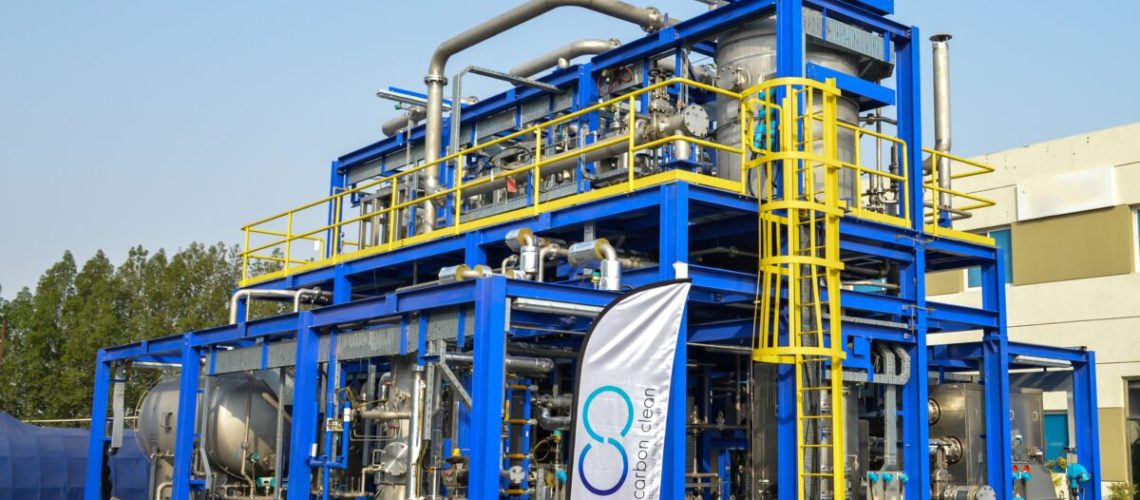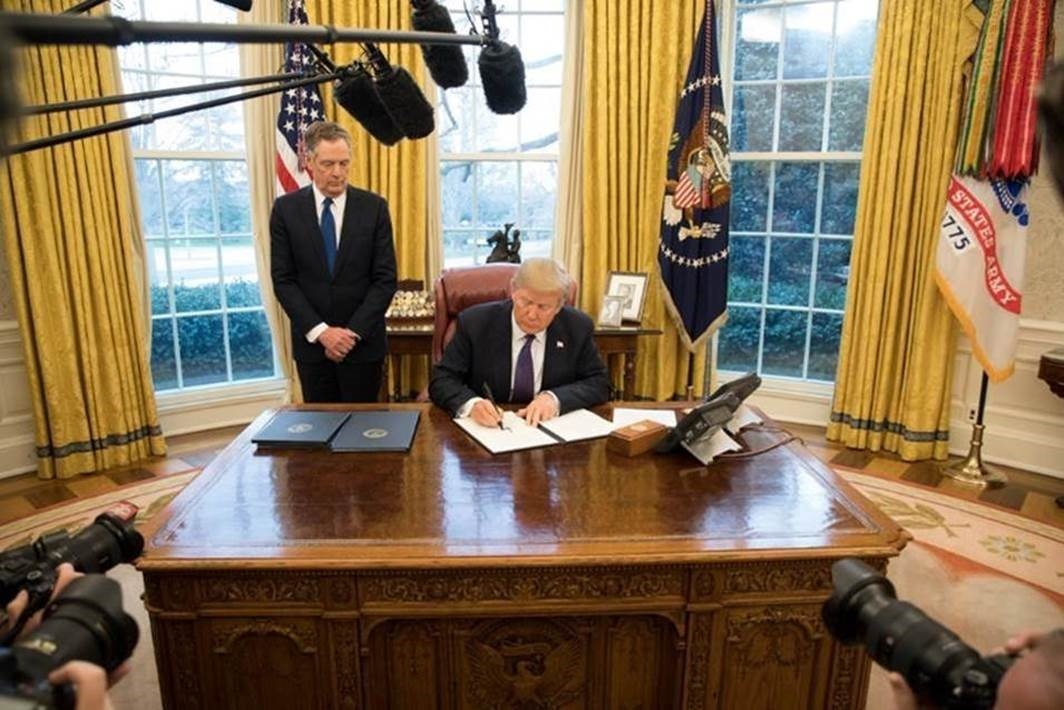There are more than 3,000 such carbon emitters in the country, collectively producing some 266 million metric tons of CO2 annually according to a report by the EFI Foundation and Horizon Climate Group.
Small-to-midsize industrial carbon emitters in the U.S. are clustered in several regions across the country, potentially allowing for the development of carbon capture, utilization and storage (CCUS) hubs, a new report from the EFI Foundation and Horizon Climate Group found.
In total, there are more than 3,000 such carbon emitters in the country, collectively producing some 266 million metric tons of carbon dioxide every year – roughly a quarter of annual U.S. industrial carbon dioxide from point sources, according to the report.
The report looked at carbon capture opportunities in 11 industrial subsectors, with over half of the emissions coming from emitters that are in the business of producing, transporting and processing petroleum and natural gas, as well as refining petroleum, and producing ethanol and petrochemicals. Natural gas use comprised nearly three-quarters of the total carbon dioxide emissions from these targets, the report said.
Achieving American climate goals will require going beyond the power sector, and pursuing industrial decarbonization and carbon removal, Ernest Moniz, former U.S. Secretary of Energy and current CEO and president of EFI Foundation, said.
“Carbon capture, utilization, and storage hubs are pathways to effective industrial decarbonization of small and midsize emitters,” Moniz said.
CCUS technologies essentially capture and compress carbon emissions from power generators and other emitters, either to store underground or channel to alternate uses. Over the next three decades, large-scale carbon capture capacity could double every five years, IHS Markit reported in 2021. At the time, there were 23 such projects under construction, financing and design, estimated to double CCUS capacity by 2026.
Prior studies on carbon capture, utilization and storage have generally focused on relatively higher carbon emitters, but small-to-midsize industrial emitters collectively account for roughly a quarter of all industrial emissions. With the deployment of CCUS hubs, multiple such facilities can use the same transport and storage operations, allowing for lower costs on the whole.
The report identified 10 potential regional clusters of small-to-midsize industrial facilities that could allow for the creation of such a hub. Together, these 10 clusters comprise 1,000 facilities that produce 111 million metric tons of emissions every year.
Four of these – representing 700 facilities, producing more than 70 million metric tons of carbon emissions every year – were then chosen for a more detailed study. These include southeastern Texas, around Houston; the Louisiana Gulf Coast; the eastern Ohio River Valley area; and the southern Great Lakes region. These four regions all have larger-scale carbon capture projects that are either planned, being developed or operational, which could be “anchor tenants” for a larger hub, the report said.
While historically many U.S. industrial facilities were thought to be too difficult to decarbonize, the report “underscores that a cluster approach to carbon capture, particularly point-source carbon capture technology, is the most viable path forward for heavy industries,” said Aniruddha Sharma, CEO and chair of Carbon Clean, a carbon capture company and sponsor of the report.
The report also laid out a series of recommendations to facilitate the build-out of these hubs. For instance, while recent changes to the Section 45Q tax credit are a step in the right direction, the incentive can be further tweaked to facilitate the transferability of the credit, or expand optional direct pay eligibility, the report said.
The Department of Energy could also take steps to leverage funding from the Bipartisan Infrastructure Law and Inflation Reduction Act to support the buildout of carbon capture hubs, the report noted – for instance, by expanding DOE loan guarantee authorities to allow the financing of multiple CCUS projects for certain industrial applications.





